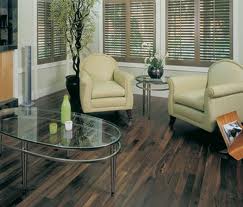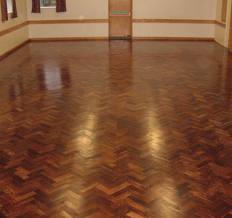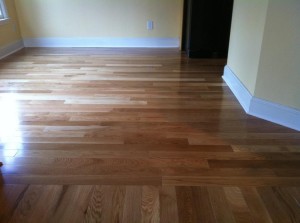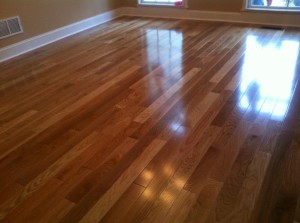Choosing Between Solid or Engineered Prefinished Hardwood Flooring
The task of choosing prefinished hardwood flooring can be time consuming and alarming because the market nowadays offers a wide array of hardwood flooring materials. Recommendations, advantages, and discounts are also available in many locations that are competing with their rivals. Consequently, they make it difficult for business or home owners to make formidable decisions because they confuse them. This is particularly and most often the case with those who are going through the selection for the first time. They are unaware of what factors to consider or how to choose appropriately.
Frustrated business and home owners usually surrender, give in to all kinds of sales presentations and purchase wood flooring materials that they consider the cheapest in order to complete an extremely uneventful process. Unfortunately, they face surprising negative consequences as soon as they install their floors when they purchase hardwood flooring by considering its price. This is the reason why it is highly important to be aware of the pros and cons of each flooring type first before coming up with a decision. This will help you come up with a wiser and more informed choice that you will not regret.
Materials for prefinished hardwood flooring
According to prefinished hardwood flooring reviews, materials for prefinished hardwood flooring are available in two types namely engineered and solid, which you can find in various finishes and colors. The pricing for every square foot ,which is still a determining factor that weary and price conscious purchasers usually overlook, and the composition of these two types of wood flooring materials differ greatly even though they are both durable.
Engineered
Pre-finished engineered wood flooring is nowadays the most popular selection when it comes to prefinished hardwood flooring that is beyond the conventional floor covering means namely, the carpet. The construction of this type of flooring is done by using 3-10 layers of wood and these layers face opposite directions that are glued under a lot of pressure in order to give them endurance.
Many people have always associated the term “engineered” with stigmas of “cheap” or poorly constructed flooring when it was initially introduced. However, other than a process that is used to manufacture and produce this excellent flooring material, it does not have anything to do with what prefinished oak hardwood flooring materials consist of.
Solid
Just as its name implies, prefinished solid hardwood flooring means “solid” wood that has unlimited species for you to choose from. Solid wood flooring, which has thicknesses of “3/4” typical to “5/16”, locks all members together by using a “no-glue” fashion because it is fabricated in groove and tongue configuration. Although groove and tongue solid prefinished flooring may be free-floated by using appropriate underlayment in order to allow it to contract and expand when the temperature changes, it is usually nailed in by using specialized tools.
Below grade installations like basements should not use “3/4 inch groove and tongue solid flooring because it seriously affects the wood when it is installed over concrete surfaces that have been in existence. Seam separation, cupping, and buckling are common indications that solid wood flooring has been installed incorrectly or in inappropriate locations.
In conclusion
Engineered pre-finished wood flooring has become the most recognized choice for wood floors plus and most notorious for affordable pricing and value as compared to the five types of materials that are used for hardwood flooring. The installation of engineered flooring material is done in a groove and tongue manner just like the pre-finished solid material. However, as compared to solid pre-finished flooring, engineered wood flooring offers options when you want to install it. In effect, it increases consumer awareness significantly.



